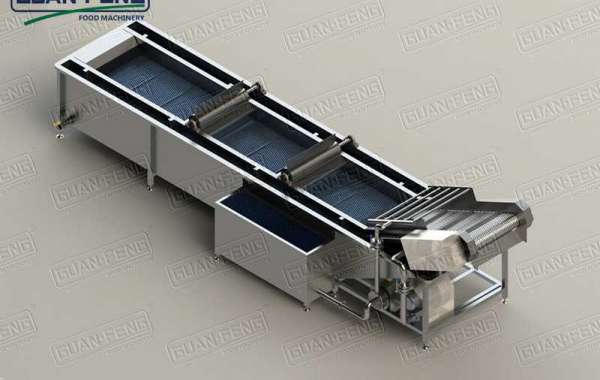Two important factors are necessary for dehydration to take place – heat and air circulation. The heat pulls the moisture from your vegetables, and air circulation moves the moisture so that it can evaporate. Therefore, where you place your dehydrator is an important factor. Using it in a very damp basement, for example, will prevent proper drying.
For the most successful results, be sure to use vegetables at the peak of their ripeness. Freshly harvested from your garden is ideal. The low temperature used in dehydrating vegetables helps to preserve nutrients.
There are many ways to make dehydrated vegetables including sun drying, oven drying, or using an electric dehydrator. I’ve used all 3 methods, and I definitely prefer dehydrating vegetables in my Excalibur Dehydrator.
With 15 square feet of space, I can get a lot done at once. I’m not heating up the house, and I’m not dependent on the weather. Still, sun drying and oven drying are not to be discounted; they are both very effective methods of dehydration.
Time and Temperature for Dehydrating Vegetables
Vegetables are generally dried at 125°F/52°C. Higher temperatures may cause the outside of the vegetable to harden while the inside remains moist, causing spoilage. There are some exceptions, so be sure to follow your recipe.
How long it will take to dehydrate depends on several factors. The higher the humidity in the air, the longer it will take vegetables to dry. Your weather forecast is one way to determine humidity. An indoor humidity monitor is another.
Foods, like tomatoes, that contain high amounts of moisture will naturally take longer to dry. And, of course, the size and thickness of your vegetable will be a factor. Individual recipes can guide you, but times can vary dramatically based on these variables.
Storing Your Vegetables After Dehydrating
Be sure to allow your vegetables to cool before packaging and storing. Any clean, airtight container will work. While you don’t want to re-use jars from store-bought items for canning, they are perfectly fine for your dehydrated vegetables. Zip-lock bags also work well.
Label your containers with the item and date. I measure my vegetables before and after drying them. I mark this information on the label as well to give me a better idea how much to use.
For example, on my dehydrated peppers label, I have marked “1/4 cup dry = 1 cup fresh”. That way, when I’m adding dried peppers to chili, I know that if the recipe calls for 1 cup of fresh peppers, I just need to add 1/4 cup of my dried peppers.
After packing, don’t store your containers immediately. Check them after 24 hours or so to be certain that no moisture has formed. If all is well, you can then store them in a cool, dry, and dark area. If you interested in learning more information, please check below link: maybe GuanFeng Freeze Machine can helpe you frozen quickly. GuanFeng is a professional freeze dry machine and Pre Processing Equipment manufacturer, we can provide you with high-quality freeze dry machine product. Please contact us by check below link: https://www.gf-machine.com/product/pre-processing-equipment/ if you interested in GuanFeng freeze dry machine.







